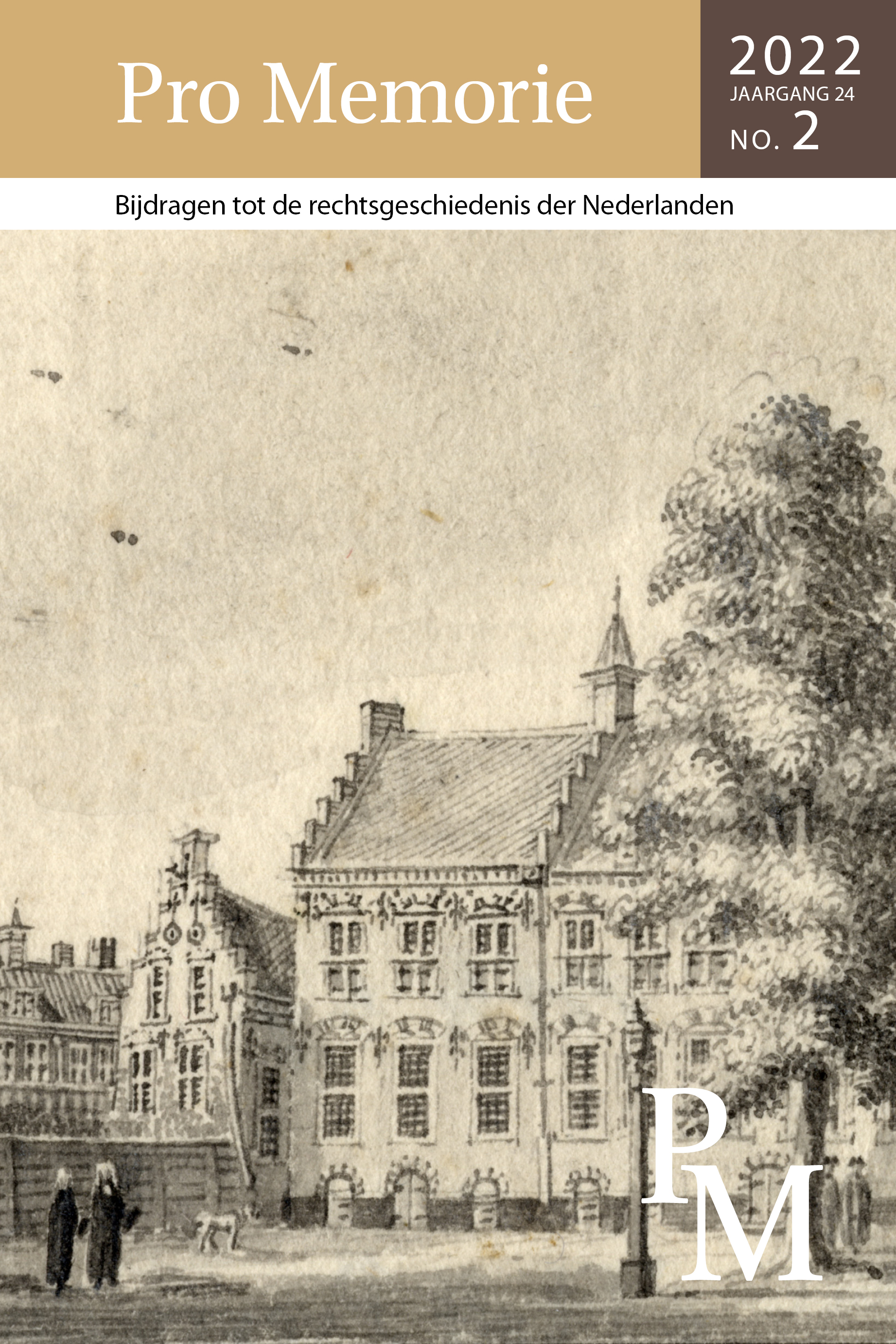-
oa Failliet in de Republiek
Lokale ordonnanties over de omgang met desolate boedels, circa 1643-1713
- Amsterdam University Press
- Source: Pro Memorie, Volume 24, Issue 2, Dec 2022, p. 190 - 217
-
- 01 Dec 2022
Abstract
Between 1643 and 1713, many cities in the economic core areas of the Dutch Republic introduced local ordinances concerning desolate boedels, insolvent estates. This article compares the contents of a substantial number of such ordinances and explains these legal innovations as part of broader patterns of institutional change. The introduction of majority compositions in this period substantially improved the chances for economic recovery of insolvent debtors. It also formed a violation of the creditors’ property rights. This article shows how this was compensated for by a much improved and stricter supervision of insolvency procedures and curators by local authorities. It is argued that these legal and institutional developments should be seen as part of an important shift in public mentalities: local authorities all over the early modern Dutch Republic sought to maintain public order and protect the common good by regulating ever more aspects of society.


